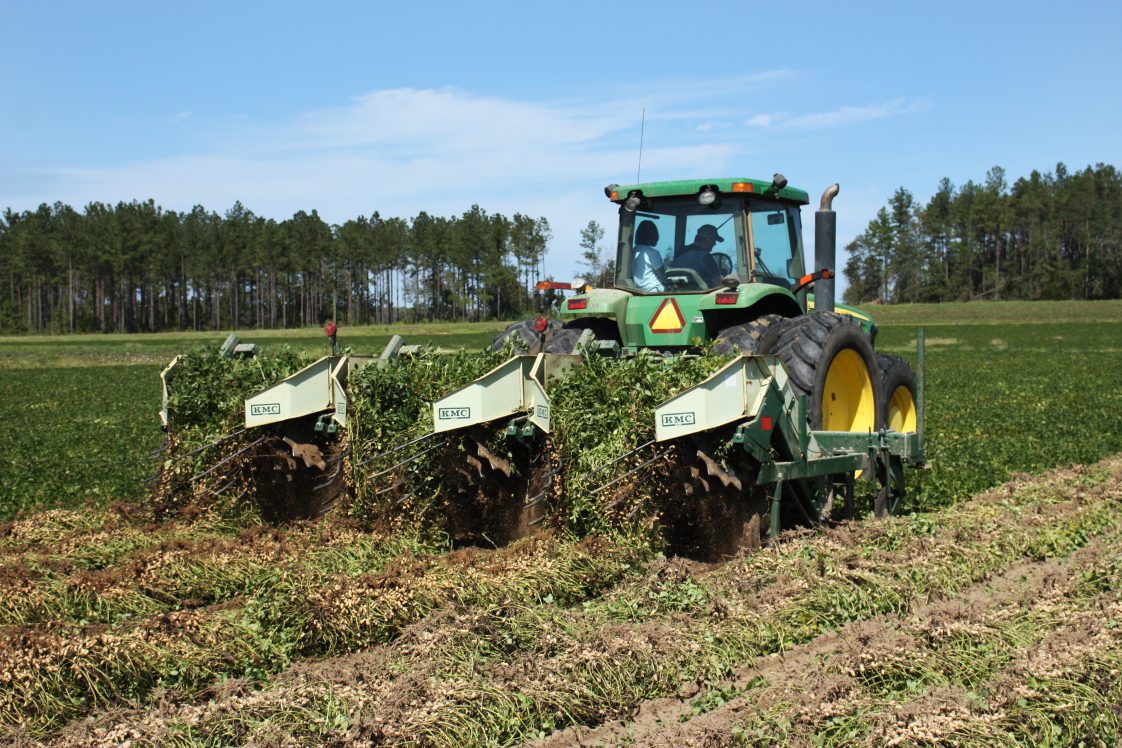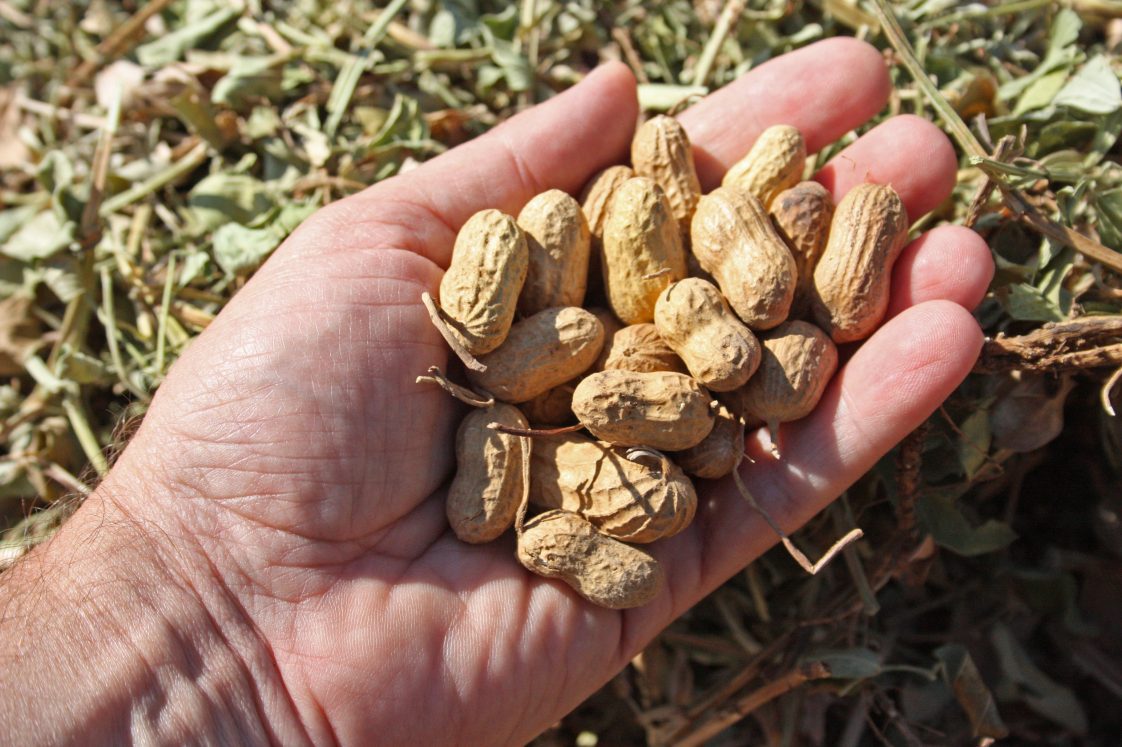Farming

AUBURN UNIVERSITY, Ala. — Hot, dry weather during the growing season has affected Alabama’s peanut crop. Kris Balkcom, an Alabama Cooperative Extension System peanut research associate, said some producers have already begun to harvest peanuts, while others are pod blasting to determine crop maturity. Balkcom has a statewide appointment, but he is based on the Wiregrass Research and Extension Center in Headland, Alabama, which is part of the Alabama Agricultural Experiment Station outlying units.
Preharvest Preparation
 Peanut producers base harvest time on the results of a maturity test known as pod blasting. This test uses lightweight pressure washers to remove the outer layer of the peanut hull. For years, producers used the pod scraping method, but pod blasting has since been widely adopted and allows producers to determine peanut maturity with relative ease.
Peanut producers base harvest time on the results of a maturity test known as pod blasting. This test uses lightweight pressure washers to remove the outer layer of the peanut hull. For years, producers used the pod scraping method, but pod blasting has since been widely adopted and allows producers to determine peanut maturity with relative ease.
“Producers need to be able to scrape off the outer layer of the hull to see the color,” Balkcom said. “The color of the inner hull helps to determine the level of maturity.”
Peanuts on the lowest level of maturity will have white hulls. As the pods mature, they become yellow, then transition to orange, brown and black. Black pods are the most mature. Balkcom said the goal is to have approximately 200 pods to sample from each location.
“Pod blasting will help determine the most optimum time for harvest, the best average grade and the most weight to market,” Balkcom said.
Peanut Crop Update
The hot, dry stretch during the end of the growing season has played a role in the early maturity of some peanuts in the field and will likely affect crop prices.
“Once peanuts are dry enough in the shell, they disconnect from the hull,” Balkcom said. “At this point, they need to be harvested because they’re at risk for damage and sprouting if the crop is left in the ground with excessive moisture and higher temperatures.”
He said this varies from place to place, as well as with different soil types. The ideal growing time is 140 days, but there are some varieties that will be ready earlier — closer to 130 days. Balkcom said it is important for growers to pay attention and to check their peanuts for maturity.
“Across the lower half of the state, some peanuts are fine and some have already turned loose and need to be harvested,” Balkcom said. “This is all due to the lack of rain later in the season.”
Affecting Peanut Contracts
Weather, harvest times and peanut quality will make a difference in peanut contracts.
“More than likely, there will be a smaller crop size than anticipated from the lack of rain,” Balkcom said. “The quality of the crop will also vary, increasing the demand for higher quality peanuts.”
While the weather was a limiting factor, some producers have already taken to the field and others will be firing up the peanut combines soon.
More Information
Learn more about Alabama Extension peanut research and application by visiting www.aces.edu.

